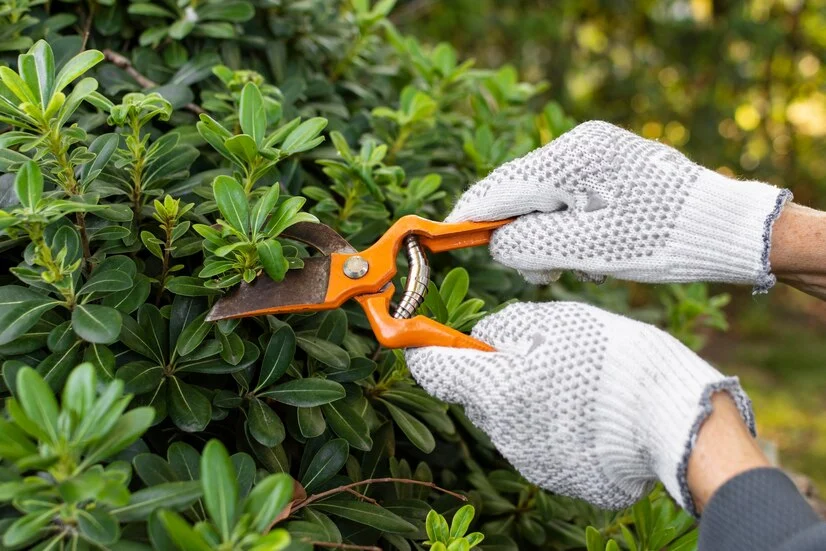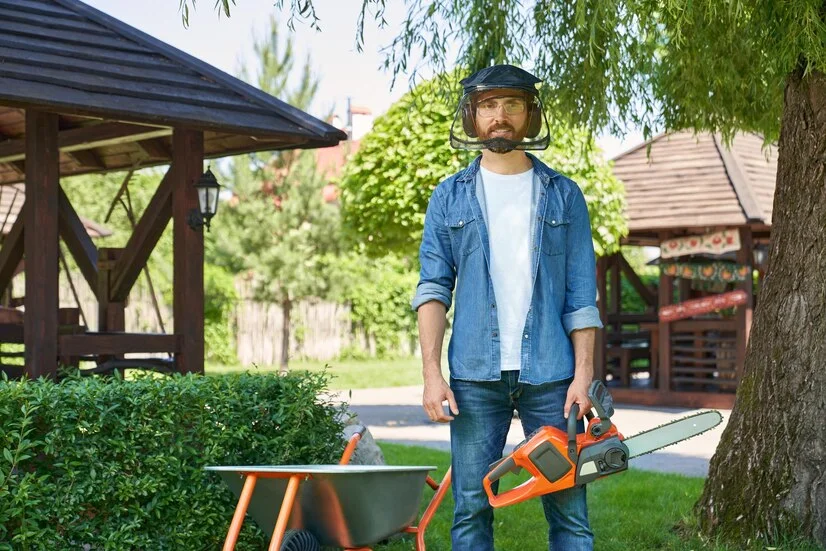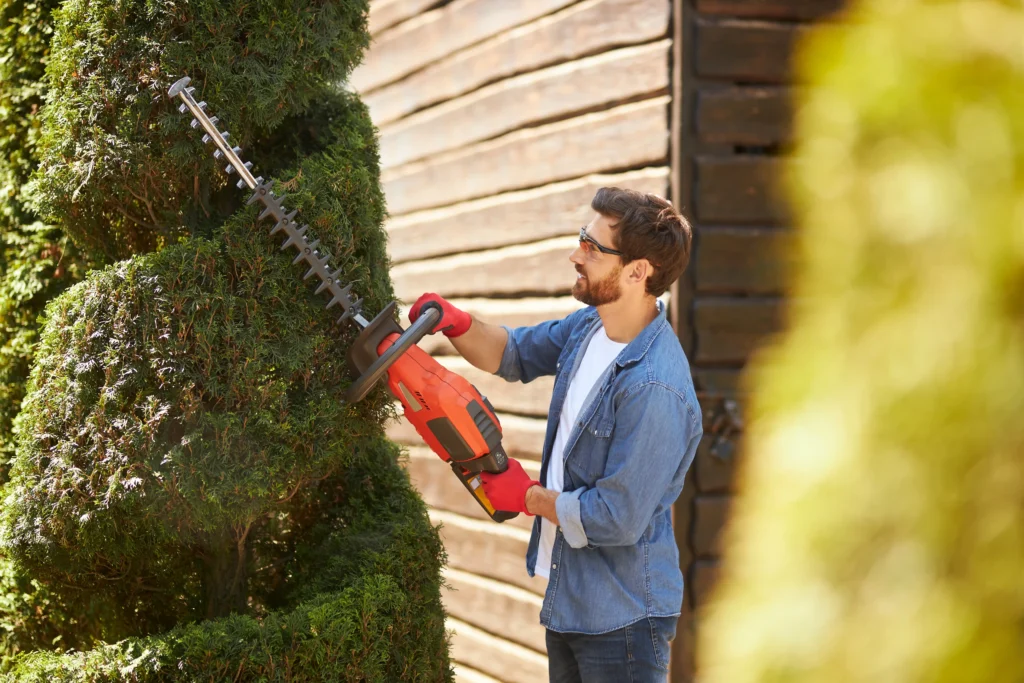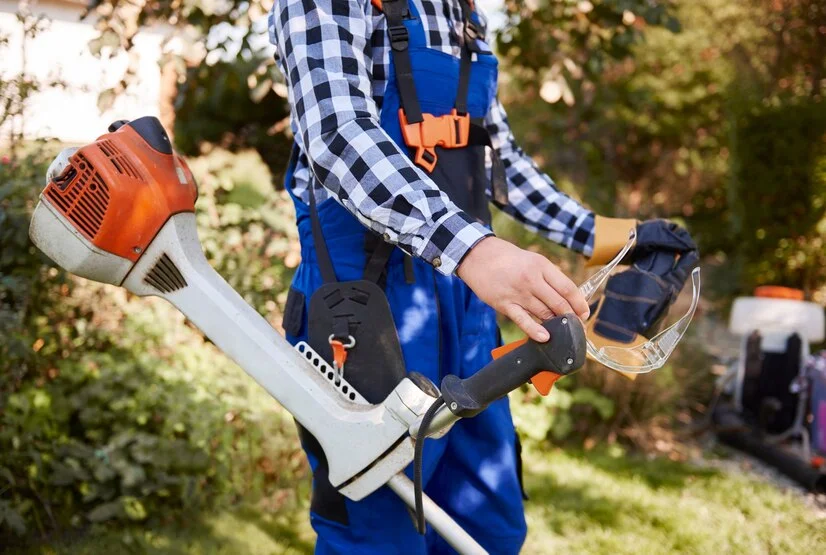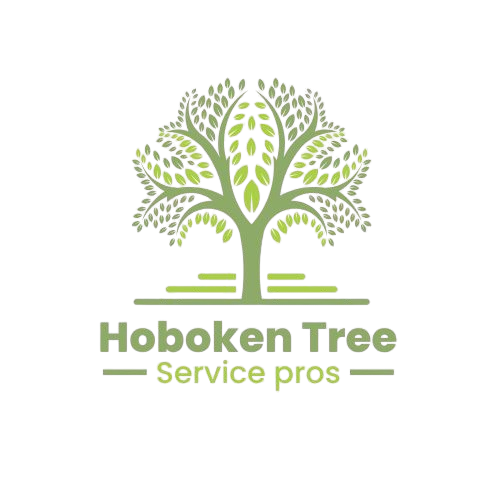Hoboken Tree Service pros - FAQ
Frequently Asked Questions
What credentials should a Hoboken tree contractor have?
Contractors must hold a New Jersey LTE or LTCO license. It is also recommended to hire an ISA-Certified-Arborist and to confirm they carry active liability and workers’ compensation insurance
Do I need City approval to take down a tree on my property in Hoboken?
Yes. Hoboken requires a tree permit for most removals. Any tree with a diameter at breast height (DBH) of 4 inches or more is regulated. Non-street trees over 6 inches DBH usually require a replacement tree plan, and street trees fall under direct City review regardless of size. Permits are issued through the Hoboken Shade Tree Commission.
When will the City of Hoboken approve tree removal?
Removal is generally approved when a tree is dead, diseased, structurally unsafe, storm-damaged, or interfering with approved construction projects. Replacement or mitigation is often required.
What are signs that my tree needs professional attention?
- Dead or hanging branches
- Visible decay or cavities
- Leaning trunk
- Root damage
- Mushrooms growing at base
- Leaf discoloration
- Premature leaf drop
- Cracks in trunk or major branches
Do I have to alert neighbors if I’m removing several trees?
Hoboken’s ordinances do not require neighbor notifications for tree removals on private property. State law requiring 200-foot notification applies to planning board cases, not tree permits.
How do I get an estimate for tree work?
Contact us by phone, email, or through our online form. We’ll schedule a free on-site assessment with our certified arborist to evaluate your needs and provide a detailed written estimate.
How far in advance should I schedule tree work?
For routine maintenance, we recommend scheduling 1-2 weeks in advance. Emergency services are available 24/7 with immediate response. During peak seasons (spring and fall), longer lead times may be necessary.
How do you protect my property during tree work?
We implement multiple safety measures:
- Property protection barriers
- Equipment padding
- Root zone protection
- Surface protection
- Debris containment
- Careful equipment placement
What’s the average price for tree removal in Hoboken?
Tree removal prices vary by tree size and access. Small trees may cost $400–$700, mid-size $800–$1,800, and large or hazardous removals can exceed $2,500, especially in tight urban areas.
What happens to the wood after tree removal?
We offer several options:
- Wood chipping and removal
- Firewood cutting and stacking
- Green waste recycling
- Wood chip delivery for landscaping
- Complete debris removal
How much does stump grinding usually cost in Hoboken?
Stump grinding typically runs $250–$550, depending on the stump’s diameter, depth, and location in narrow yards or along sidewalks
Are chemical stump removers effective?
They can speed up decay, but rarely work well on their own. Stump grinding or full stump removal is faster and more reliable.
What should I do if a tree falls on my Hoboken home?
Prioritize safety, evacuate if necessary, document damage for insurance, and call your insurer and a licensed tree service right away.
Do emergency tree removals cost more in Hoboken?
Yes. Emergency services cost more due to overtime labor, urgent scheduling, and added risks during storms.
Can I trim branches from my neighbor’s tree that hang into my yard?
Yes, you may trim branches back to the property line, but you cannot damage the tree’s health or stability.
Who is responsible if a neighbor’s tree damages my property?
If the tree is healthy, your insurance typically covers it. If the tree was neglected or hazardous, the neighbor may be liable.
Am I allowed to remove a tree that sits on the property line?
No. Trees on shared property lines require mutual consent before removal under New Jersey law.
Am I liable if my tree damages a neighbor’s property?
Yes, if the tree was known to be hazardous and no action was taken. Property owners must address known risks.
How often should trees be pruned?
Most mature trees benefit from professional pruning every 3–5 years, depending on the species and growing conditions.
Does insurance cover storm-related tree removal?
Yes, if a tree damages structures. Yard cleanup without property damage is usually not covered.
How long does it take for tree roots to decompose?
Large root systems may take 5–10 years to fully decay underground depending on species and soil.
